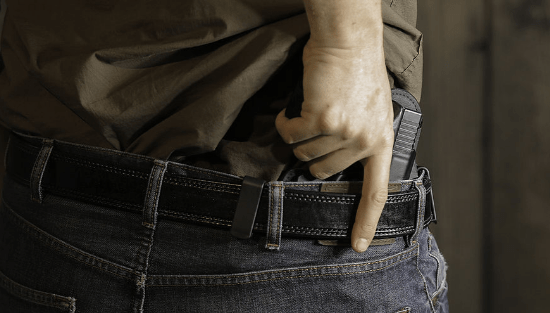Stanford law prof gets it wrong on guns — right-to-carry reduces crime, not the other way around
Stanford law prof gets it wrong on guns — right-to-carry reduces crime, not the other way around

Would you rely almost exclusively on trends in Hawaii to predict violent crime rates in Idaho, Minnesota, Mississippi, Nebraska, and Utah? Would you look at Illinois to predict changes in Louisiana and South Carolina? Illinois has a drastically difference crime landscape, with half of its violent crime occurring in Chicago.
Though it wouldn’t pass the laugh test for most people, an unpublished report making just these sorts of comparisons has been all the rage in the media. Lead author John Donohue, a professor at Stanford Law School, makes a claim which goes against existing national research: that right-to-carry laws increase violent crime.
The report has been covered in Newsweek, The Atlantic, Bloomberg, other national outlets and many newspapers from Newsday to the Salt Lake City Tribune. Despite outlets such as Newsweek claiming that the report “debunks” my own research, not a single reporter has contacted me for my thoughts. The only quotes were from gun control advocates. By contrast, those same outlets have consistently sought out critics when discussing my own research. Apparently, politically correct results get a free pass on proper journalistic scrutiny.
With 16 million permit holders across 50 states, it is telling that not one state has ever held a legislative hearing to consider rescinding right-to-carry laws.
No other study by an economist, criminologist, or law professor has claimed that US violent crime rose after right-to-carry laws were adopted.
So the game is to find states where murder rates fell relative to the states adopting right-to-carry laws, then use that as evidence of right-to-carry laws causing an increase in violent crime. Before this researchers made an across-the-board comparison between states that changed their laws and states that haven’t changed them.
This new study picks out just two to four states, and in many cases effectively just use Hawaii to compare with right-to-carry states. In the cases of Idaho and Minnesota, over 96 percent of the comparison is just with Hawaii. For Mississippi, Nebraska, and Utah, Hawaii counts for between 72 percent and 83 percent of the comparison.
The study claims that police simply “underestimate criminality by permit holders.” But Donohue’s only evidence is two news stories from 2000 and 2007 where permit holders committed crimes. Neither story shows any failure by police to record the incidents. The study never mentions how large the police error rate would have to be in order to for their results to hold.


